Summer gardening can be overwhelming in a hot dry desert climate. Preparing for what is to come can be the difference between a successful summer garden and a lot of disappointment. We are sharing our best tips to help gardeners grow plants in the hot moths of summer.
Remove Old Spent Plants
Prepare the garden for summer by removing spent winter plants and any remaining brassicas. Stressed winter plants are an invitation to pests. Bagradha bugs will move from weeds to brassicas if they are left in the ground. Leave flowering herbs, lettuce, and carrots in place. This will encourage beneficial insect populations. Once the blooms are full of seed, they will provide food for birds and can be saved. Some will also drop to the ground and start growing in the fall.
Use a Planting Calendar
One of the biggest mistakes gardeners make is not planting the correct plants at the correct time of year in our climate. Seed packed guidelines and zone planting guidelines are not correct for a hot arid environment. If you are in the Phoenix low Desert areas, we recommend following our planting calendars. 9B is irrelevant when it comes to summer planting. Our planting calendars share when to start seeds indoors, transplant or direct sown, in addition to other information. Our information is based on experience.
Add Compost and Organic Fertilizer
Add fresh compost to containers, beds, and other areas where summer crops will be grown. Topping off with compost ensures continued nutrition and enough organic matter in beds and containers. Also, feed all areas with Earth’s Original Organics Magic Mix.
Top Off Mulch
Once plants have been topped off with compost, top off with mulch that is at least three inches deep. Mulch protects the soil life from the harsh sun and helps to retain water. Over time it breaks down providing nutrition for plants. DO NOT add mulch under squash and melons where squash bugs have been an issue. From our research on squash bugs, it became evident that areas treated with mulch are ideal for squash bugs to overwinter and hide out in the summer months. To discourage them, keep these areas free of mulch.
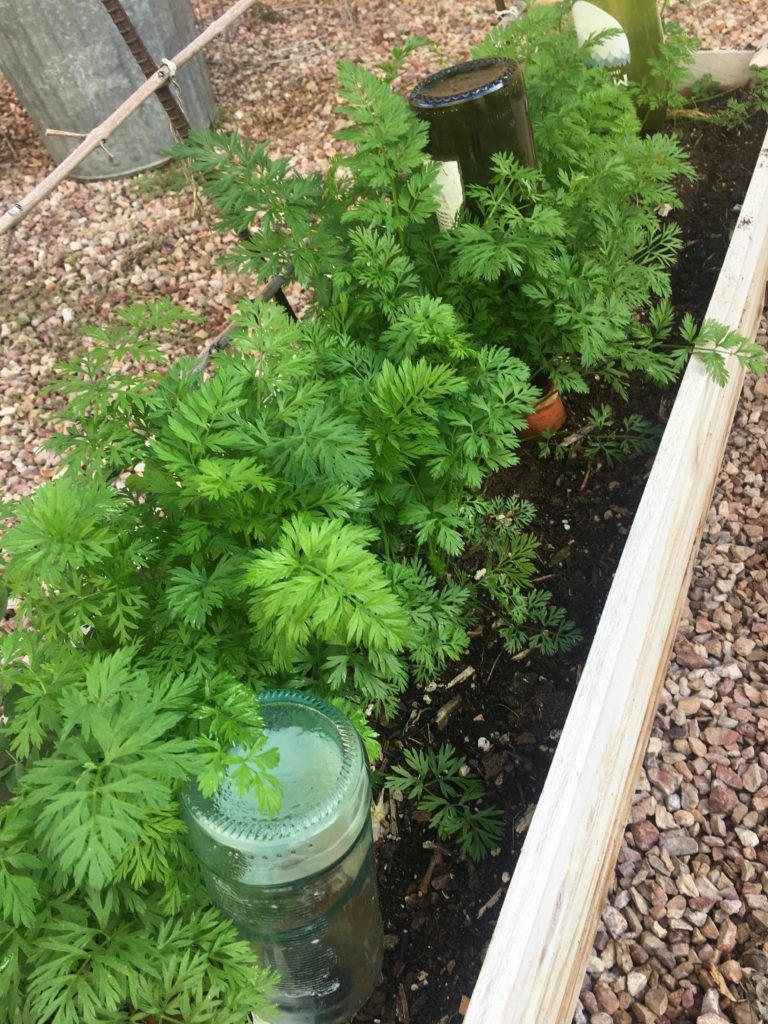
Assess Watering
As temperatures climb, it is important that plants are getting enough water to help them through the hot months. Plants should be watered slow and deep, short bursts of watering more frequently are not beneficiary to plants. Trees especially need deep watering to prevent the build-up of salts around the root zone.
Container-grown plants without soaker hoses or drip lines may need to start getting watered every day depending on what is grown and how quickly the pots are drying out. For more detailed information on watering, and specific information for trees, shrubs, and veggies refer to our article on watering.
Add Olla's
To help cut down on summer watering use ollas in-ground and in planting beds. They keep root zones cool and moist and will allow planted areas to go longer between waterings. Be sure to keep ollas filled. For containers, we recommend the clay watering stakes that hold wine bottles filled with water. This cuts down on the space an olla would take up, allowing more space for planting.
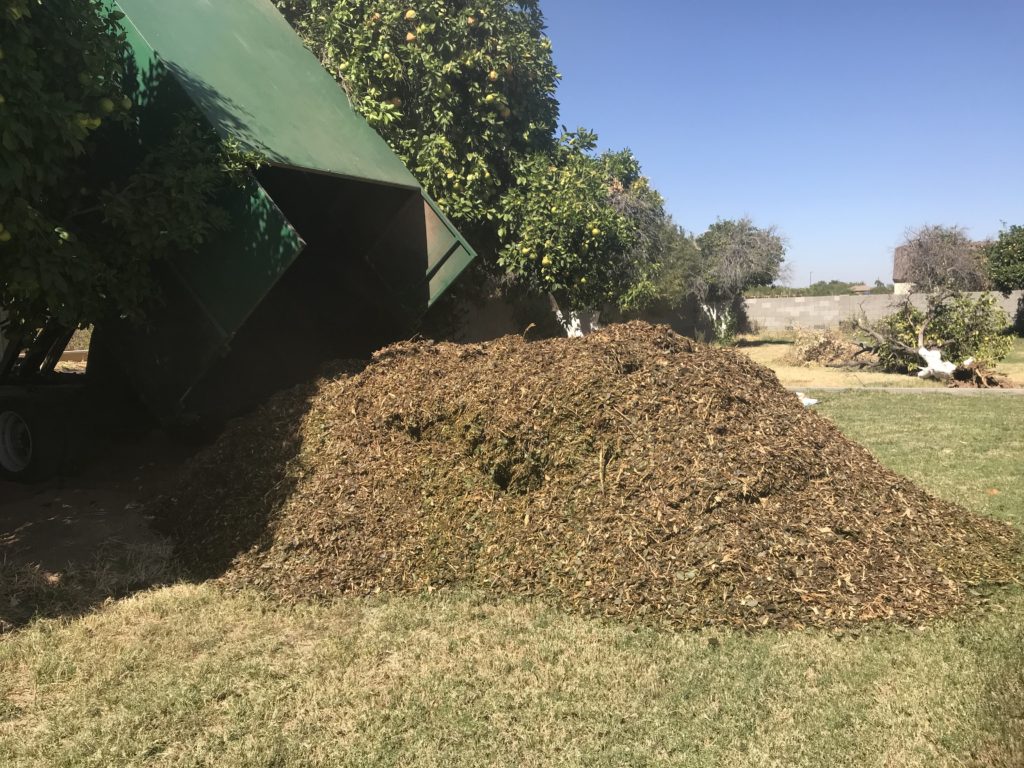
Add Shade
Most plants will benefit from afternoon shade. Afternoon shade in the desert climate is from noon and not from 3 pm. Tall summer hardy shrubs, tall sunflowers, and trees are good natural shade options. Shade cloth will be needed if no natural shade is available. 30-50% shade cloth works for most vegetables and young trees. Newly planted trees should be protected for at least the first year, even if they are full sun trees. Some plants such as succulents and avocado trees require 70% shade cloth. Here is a list of plants that are full sun-adapted in the desert climate. Plants can also be kept cooler, by spraying them down with a solution of kaolin clay. Mix 3 cups of clay, with one gallon of water.
Grow a Cover Crop
Some gardeners tend to forgo summer planting. Opt instead for a cover crop. Green manures seem to be under-utilized by desert gardeners. However, it is an excellent way of adding fertility to new soils or even boosting older garden beds and tree wells. If you prefer not to garden in the summer, a cover crop of cowpeas/black-eyed beans makes excellent green manure. Before they start setting pod, chop and drop, and cover with mulch.
Matt Powers, Permaculture Educator and author of several books does a blend of daikon, orange giant amaranth, Mennonite sorghum, buckwheat, and cowpeas. He calls it the five cousins and it is his recipe for making soil and healing the land. He states that the cowpeas add nitrogen and biomass. Buckwheat accelerates cowpea nitrogen fixation and growth and adds trace minerals and nutrients. In addition, it can access inaccessible pools of phosphorus in the soil. Daikon radish acts as a biological tiller and deep composter. Sorghum for C4 grass (warm climate grasses) functions as biomass. Amaranth for bird and pollinator food and after a certain stage of leaf growth, they too, act as a C4 grass.
Prepare for Pest Management
The pests of summer are particularly difficult. Summer gardeners are often plagued with spider mites, squash bugs, leaf-footed bugs, cucumber beetles, and skeletonizers. Learn to identify these pests and have a plan of action ready should you be faced with an infestation. Our insect guide has att the treatments and tips for specific insect infestations. Kaolin clay is essential to treat squash bugs and cucumber beetles and also beneficial for treating spider mites. B.t (Bacillus Thuringiensis) is essential for treating skeletonizers and other unwanted caterpillar infestations.
Beat Summer Plant Stress
Stressed plants invite insects and diseases. Summertime temperatures can very easily cause stress and damage to plants. We use an elixir of 5 oz liquid humic acid and 2 oz of liquid seaweed weed, added to 5 gallons of water. To understand why this works and for directions on how to apply check out One quick tip to keep your summer garden thriving.
Protect Tree Trunks From Sunburn
The super-intense sun here in the desert wreaks havoc on the sensitive trunks of trees, especially young newly planted trees. The South West side of the trunk often gets sunburned by the harsh afternoon sun. IV Organic® 3-in-1 Plant Guard is a patented formula that is a healthier alternative to latex paint and tar-based products. It can be used as a tree paste(best for rodent issues), brush-on paint( sun protection), or foliar spray(to keep foliage cooler).
Use On Roses, Fruit & Nut Trees, Ornamental Trees & Shrubs. Use our promo code “DESERT10” and you’ll save 10% on your entire order!
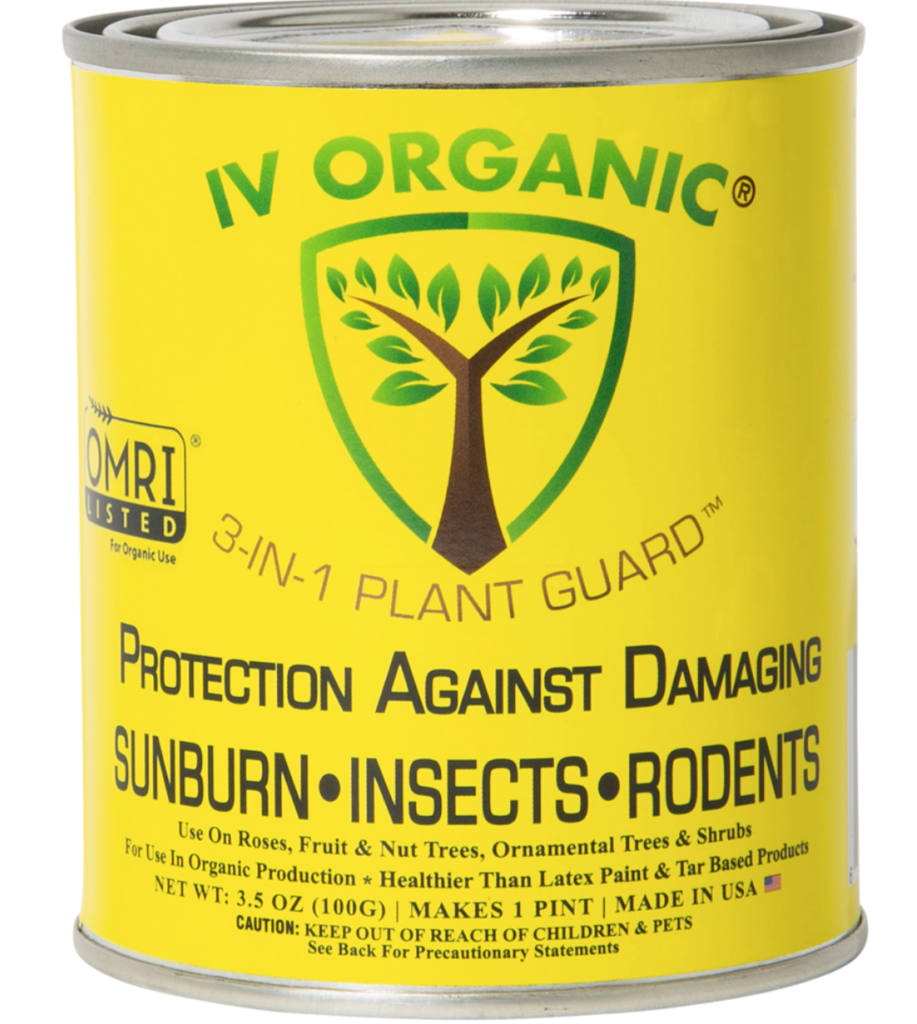


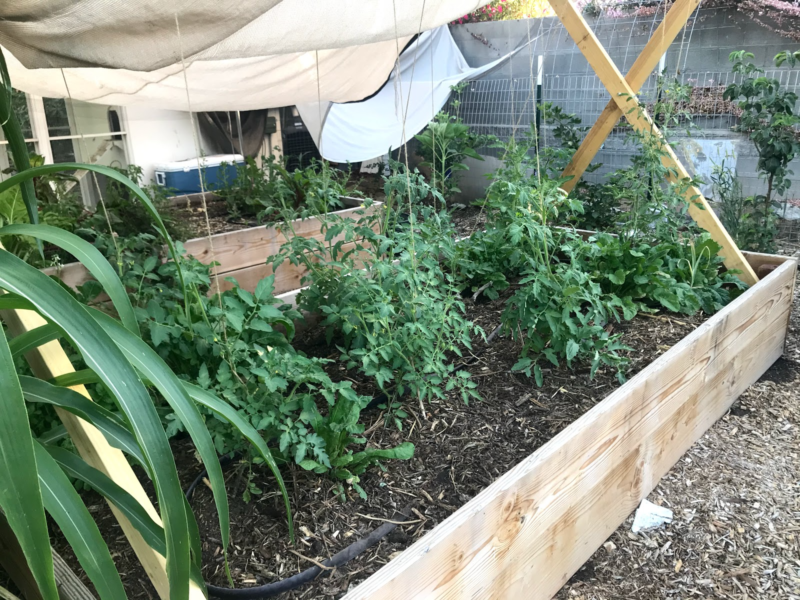
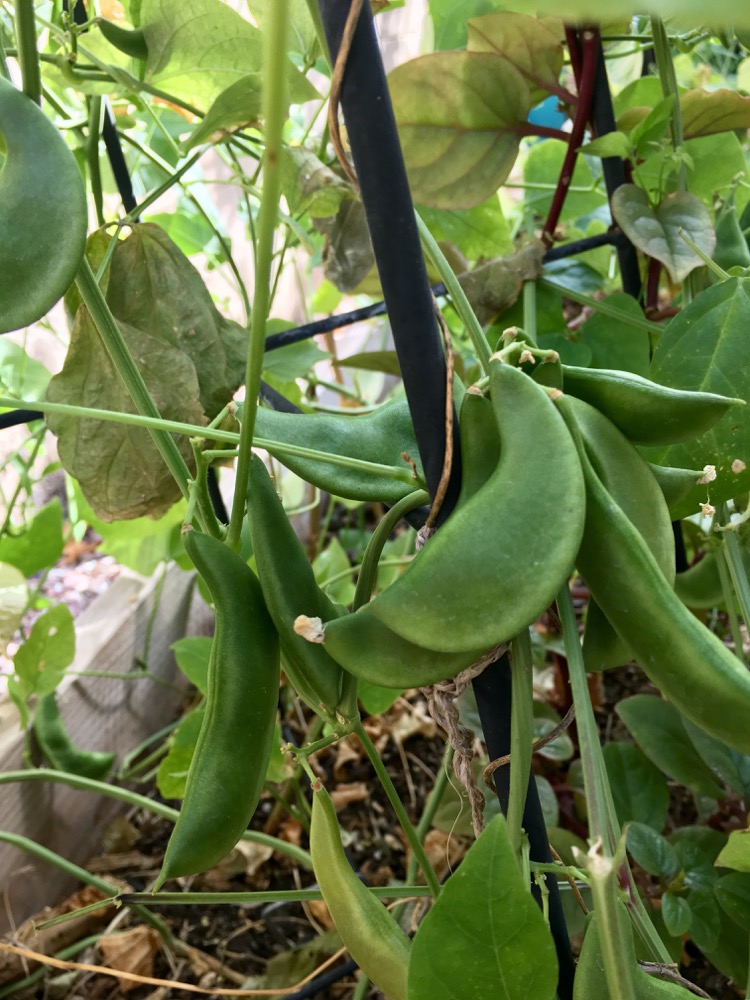
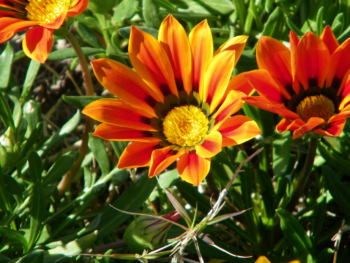
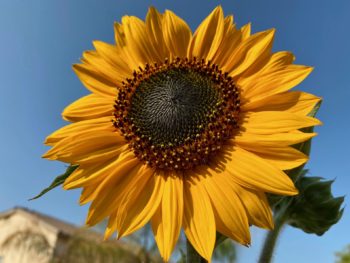
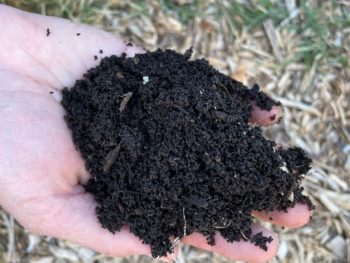
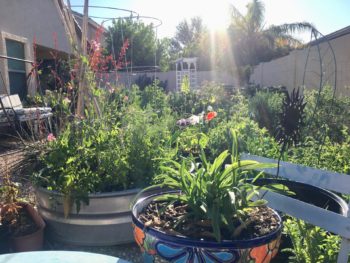

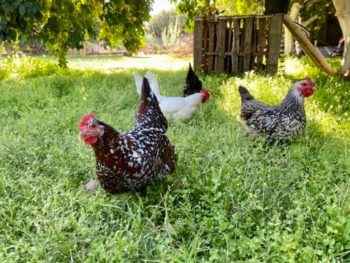
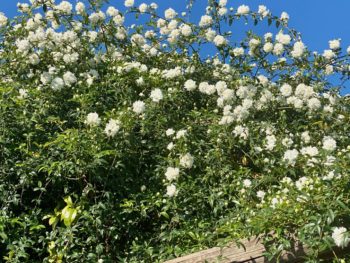
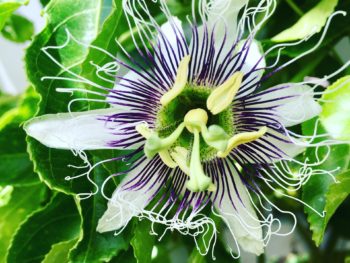
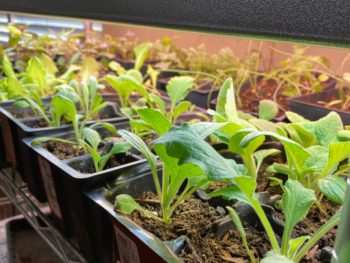
 Summer Flowers for Full Sun Desert Conditions
Summer Flowers for Full Sun Desert Conditions